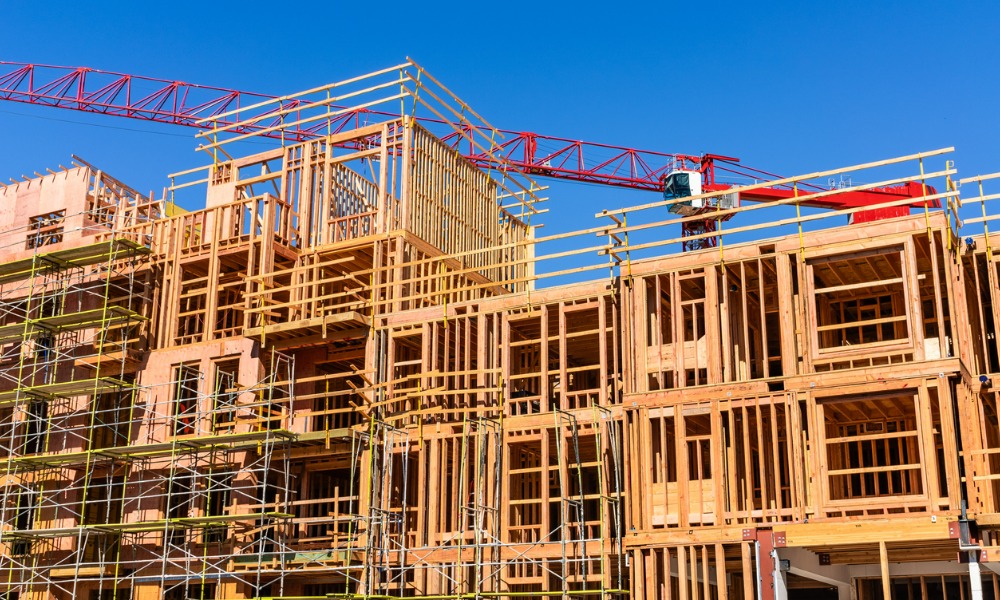Construction costs will keep going up as pricing and labour issues continue to impact the sector

Building costs will keep rising as pricing and labour shortages continue to impact the construction sector this year, according to the Australian Institute of Quantity Surveyors (AIQS).
The AIQS Building Index is predicting a further 4.3% increase in building costs between now and October, according to a report by The Australian. Electricity costs and rising interest rates, as well as new building standards, are adding more strain to an industry already reeling from supply chain issues and labour shortages.
Nearly 30 building companies have collapsed under the pressure, with more failures expected.
Earlier this month, Melbourne-based Hallbury Homes went into voluntary administration owing nearly 400 creditors around $6 million. Shortly after that, Brisbane builder LDC went into liquidation, leaving 48 projects unfinished and owing more than $7 million to more than 150 creditors.
“Expect volatility”
AIQS vice president Simon Squire told The Australian that insolvencies in the construction sector were increasing month by month.
“You can expect consistent volatility and multiple surprises and a fractured trajectory for the short term,” Squires said. “We haven’t returned to pre-COVID where the market was much more predictable. We don’t know what’s around the corner with Ukraine and China and that’s the surprise, and some markets are falling and some are rising, so there is no consistent line. So the pressure will be on in the Queensland market.”
Construction costs rose 11.9% last year, according to CoreLogic’s Cordell Construction Cost Index – one of the largest jumps on record.
Read next: Anger rises after builder collapse
John Bennett, CoreLogic construction cost estimation manager, told The Australian that 2022’s rise was significantly higher than 2021’s 7.3% jump. However, the last quarter’s growth rate of 1.9% was a dramatic slowdown from the 4.7% hike in the September quarter.
“The industry has been through a very challenging 18 months to two years, with extreme periods of volatility in pricing due to restricted domestic supply chains, material and labour shortages,” Bennett said. “The biggest contributors currently are volatile timber prices, with fluctuations in structural timber costs and general increases to timber products. Petrol rises are affecting cartage and delivery costs, notably concrete. However, larger items such as rainwater tanks are also affected. Gravel, aggregates and fill have increased, possibly affected by the rise in petrol prices, while increasing costs for appliances and fittings have also been noticed.”
Bennett told The Australian that he didn’t expect 2023 costs to continue to rise at the same pace they’ve climbed in the past 18 months as consumers, builders and suppliers move cautiously thanks to rising interest rates and inflation.
Have something to say about this story? Let us know in the comments below.



